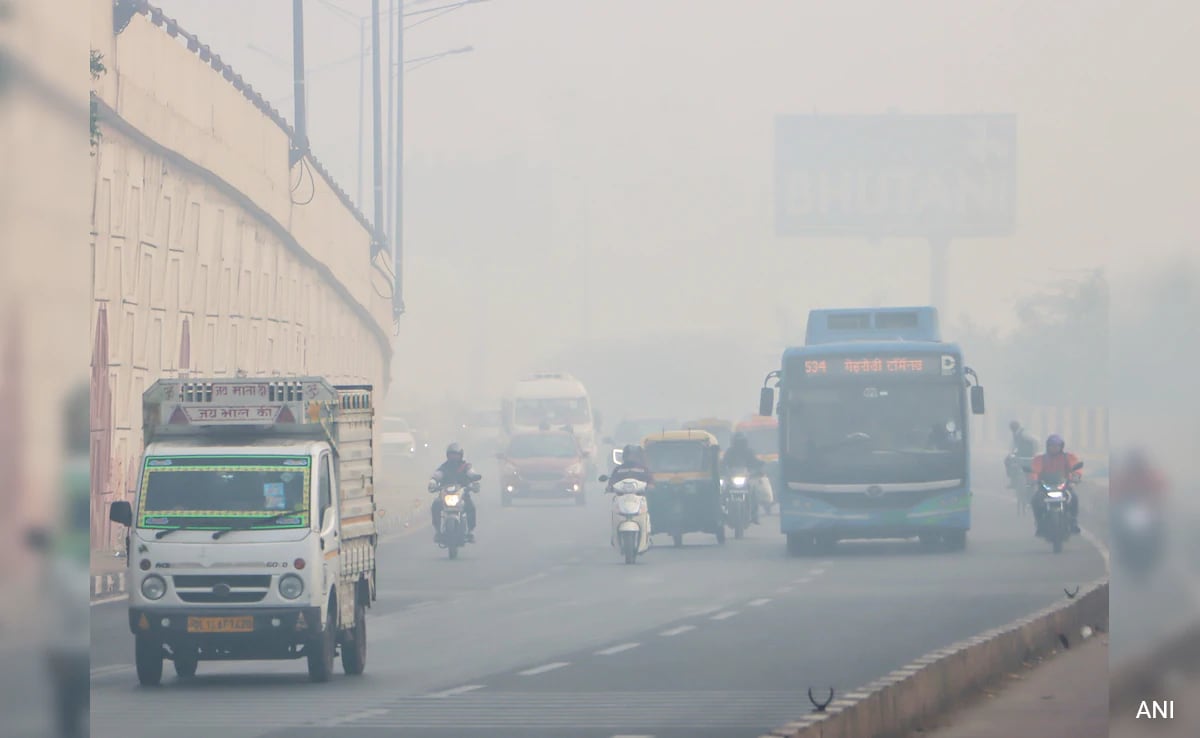Saudi Arabia announced on Sunday it would extend oil supply cuts through June as part of a bid to prop up prices.
An energy ministry source announced Riyadh “will extend its voluntary cut of one million barrels per day, which was implemented in July 2023, until the end of the second quarter of 2024,” the official Saudi Press Agency (SPA) reported.
“Afterwards, in order to support market stability, these additional cut volumes will be returned gradually subject to market conditions.”
The decision was taken “in coordination with some OPEC+ participating countries”, the SPA story said, referring to the 23-member bloc that Riyadh co-leads with Moscow.
The extension was announced on the same day Russia said it would cut its production by almost half a million barrels in the second quarter of 2024.
Riyadh first announced its voluntary cut after an OPEC+ meeting in June 2023.
It followed a decision in April 2023 by several OPEC+ members to slash production voluntarily by more than one million barrels per day (bpd) — a surprise move that briefly buttressed prices but failed to bring about lasting recovery.
In October 2022, OPEC+ agreed to reduce output by two million barrels per day, a move that fuelled tensions with US President Joe Biden’s administration, which said it amounted to siding with Russia in the war in Ukraine.
Sunday’s announcement means Saudi Arabia’s production will stay at roughly nine million bpd, well below its capacity of 12 million bpd.
Crown Prince Mohammed bin Salman, Saudi Arabia’s de facto ruler, is depending on oil revenue to finance an ambitious economic and social reform agenda known as Vision 2030 that is intended to position the Gulf kingdom for a prosperous post-oil future.
Saudi Arabia has pledged to achieve net zero carbon emissions by 2060 — drawing intense scepticism from environmental activists.
Energy transition
Energy giant Aramco, the jewel of the Saudi economy, has pledged to achieve “operational net-zero” carbon emissions by 2050, which does not include the emissions from customers burning its products.
In January, Aramco made the surprising announcement that the energy ministry had ordered it to maintain production capacity at 12 million barrels per day, abandoning a target of 13 million bpd by 2027.
Officials did not explain the decision at the time, but Energy Minister Prince Abdulaziz bin Salman, Prince Mohammed’s half-brother, later told an energy conference that it was spurred by the fact that “we’re transitioning”.
That means Aramco would increasingly pursue investments in other energy forms such as gas and renewables, he said.
Aramco reported record profits in 2022 after Russia’s invasion of Ukraine sent oil prices soaring, allowing Saudi Arabia to record its first budget surplus in nearly a decade.
Lower prices resulted in year-on-year profit drops of 23 percent in the third quarter, 38 percent in the second quarter and 19.25 percent in the first quarter of last year, with fourth quarter earnings yet to be announced.
Last week, Riyadh-based firm Jadwa Investment said Saudi authorities were “likely to keep oil production in check in the face of a weak demand outlook”, predicting that last year’s cuts would roll over to the end of the third quarter.
This approach would ensure Brent Crude sells for $81 per barrel in 2024, Jadwa said.
Analysts often say Riyadh needs oil prices to clear the $80 threshold to balance its budget, though the recent various production cuts may have pushed that figure higher.
Riyadh is currently predicting budget deficits through 2026 as it ramps up spending on reform initiatives.














